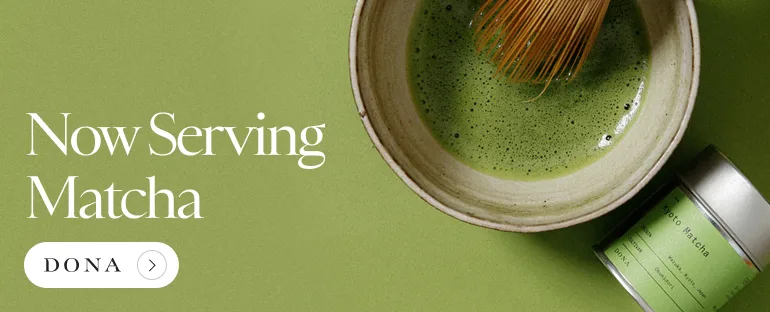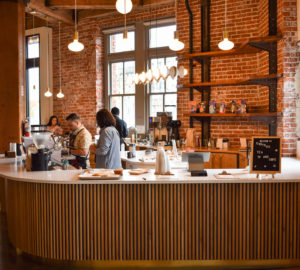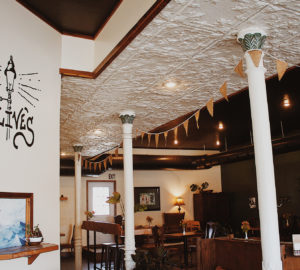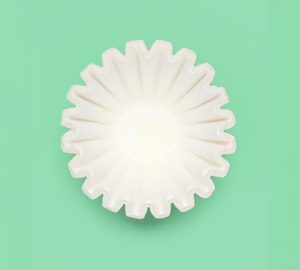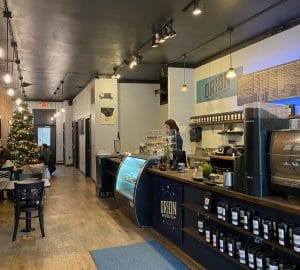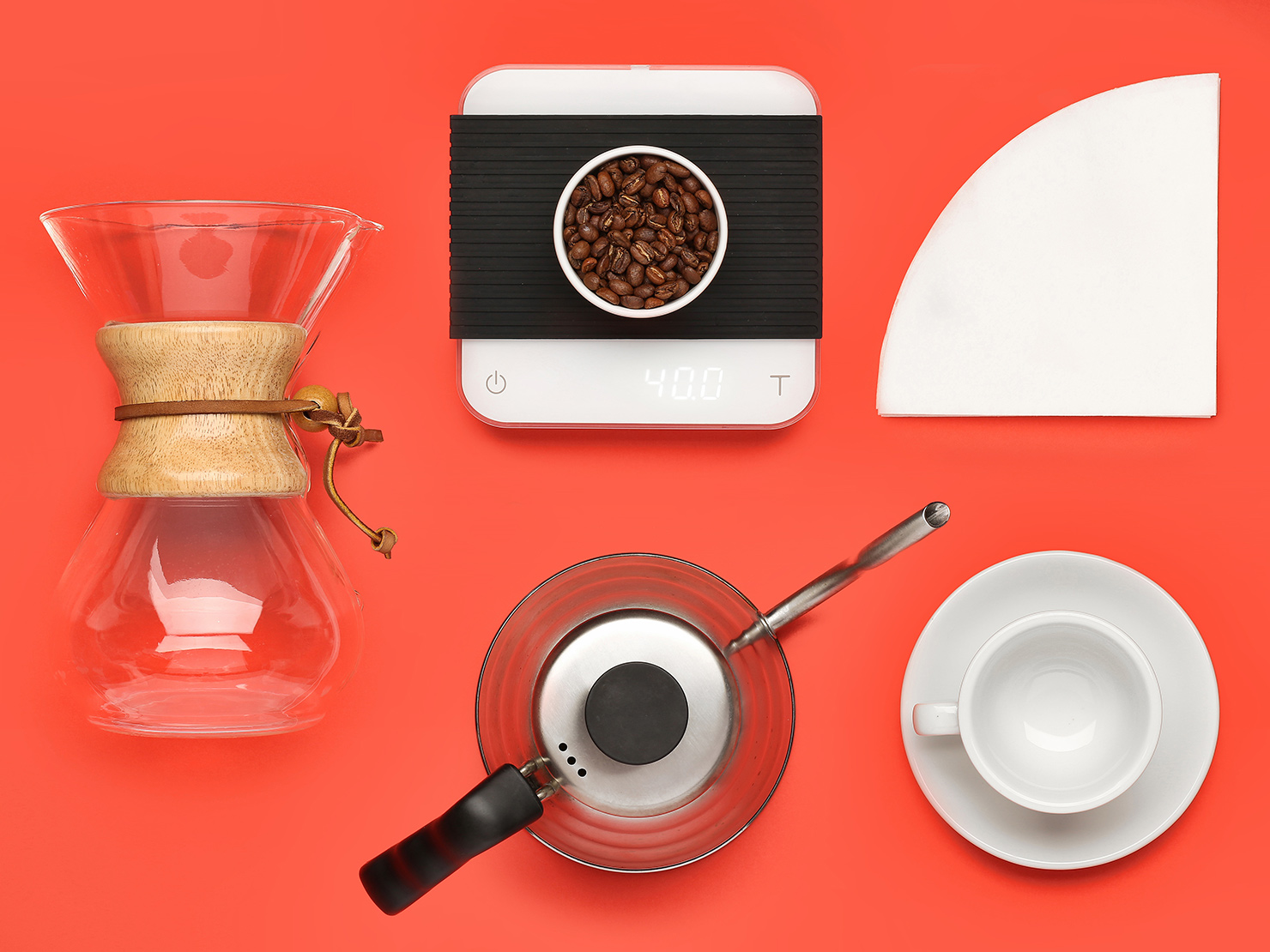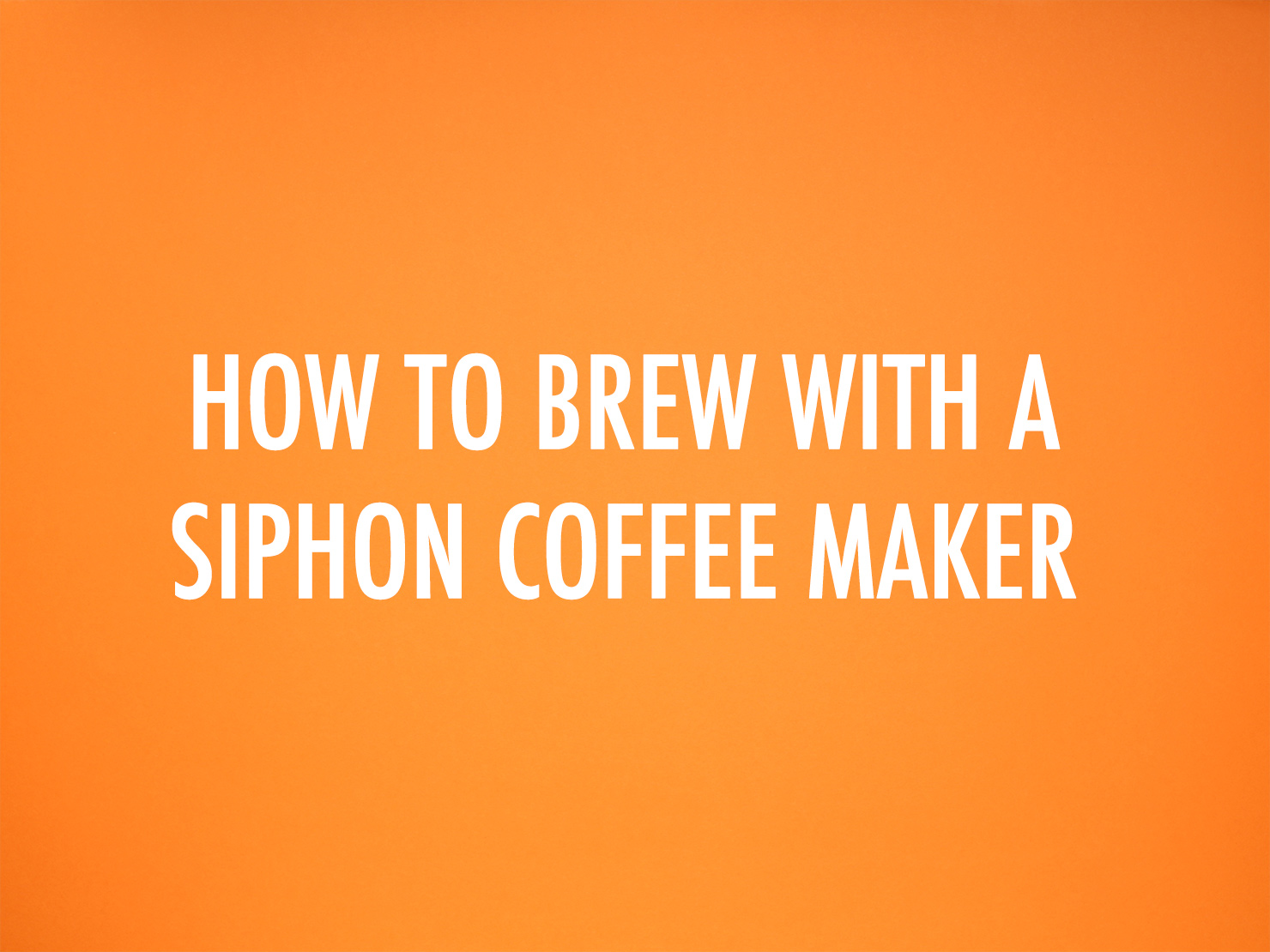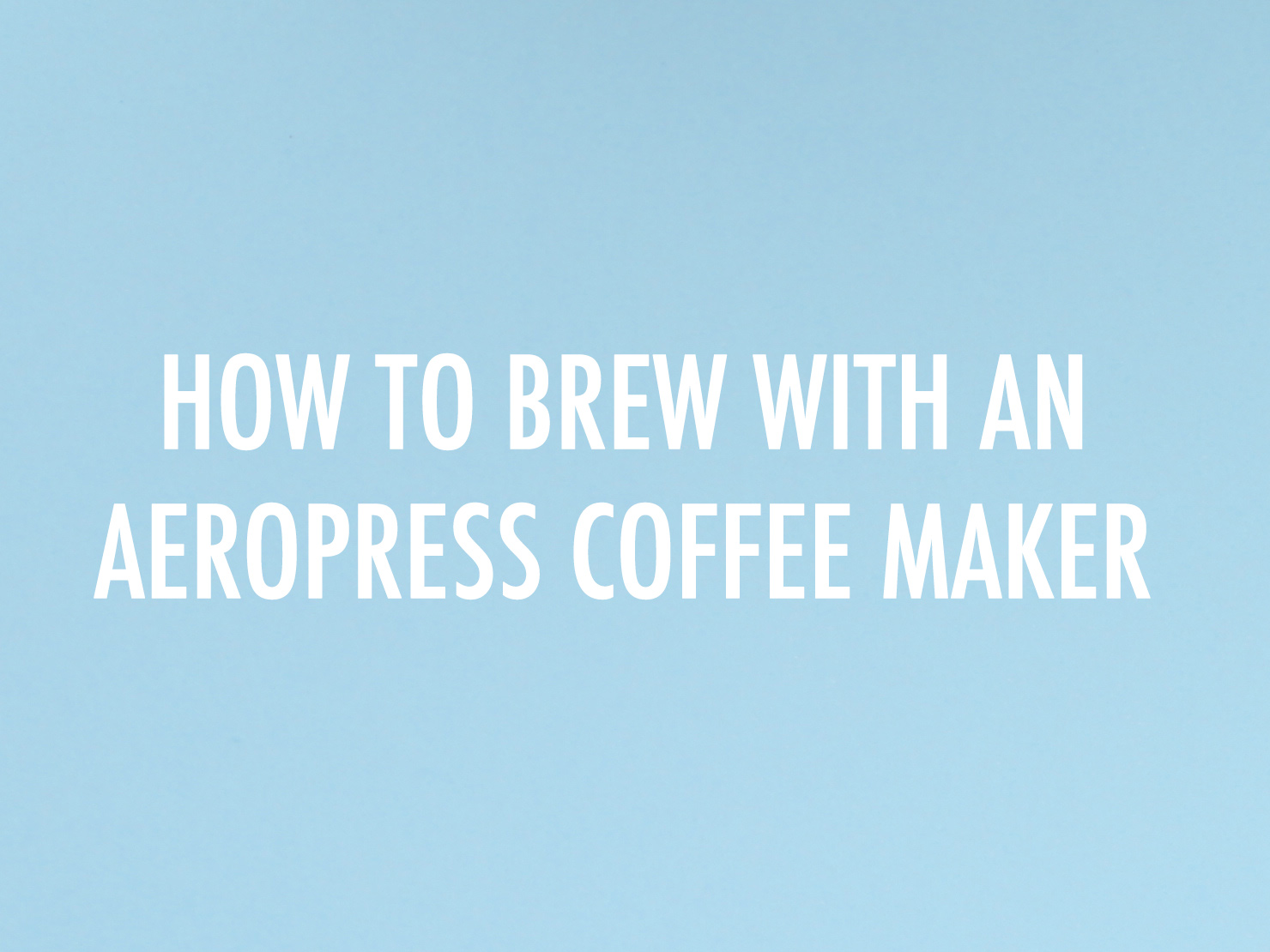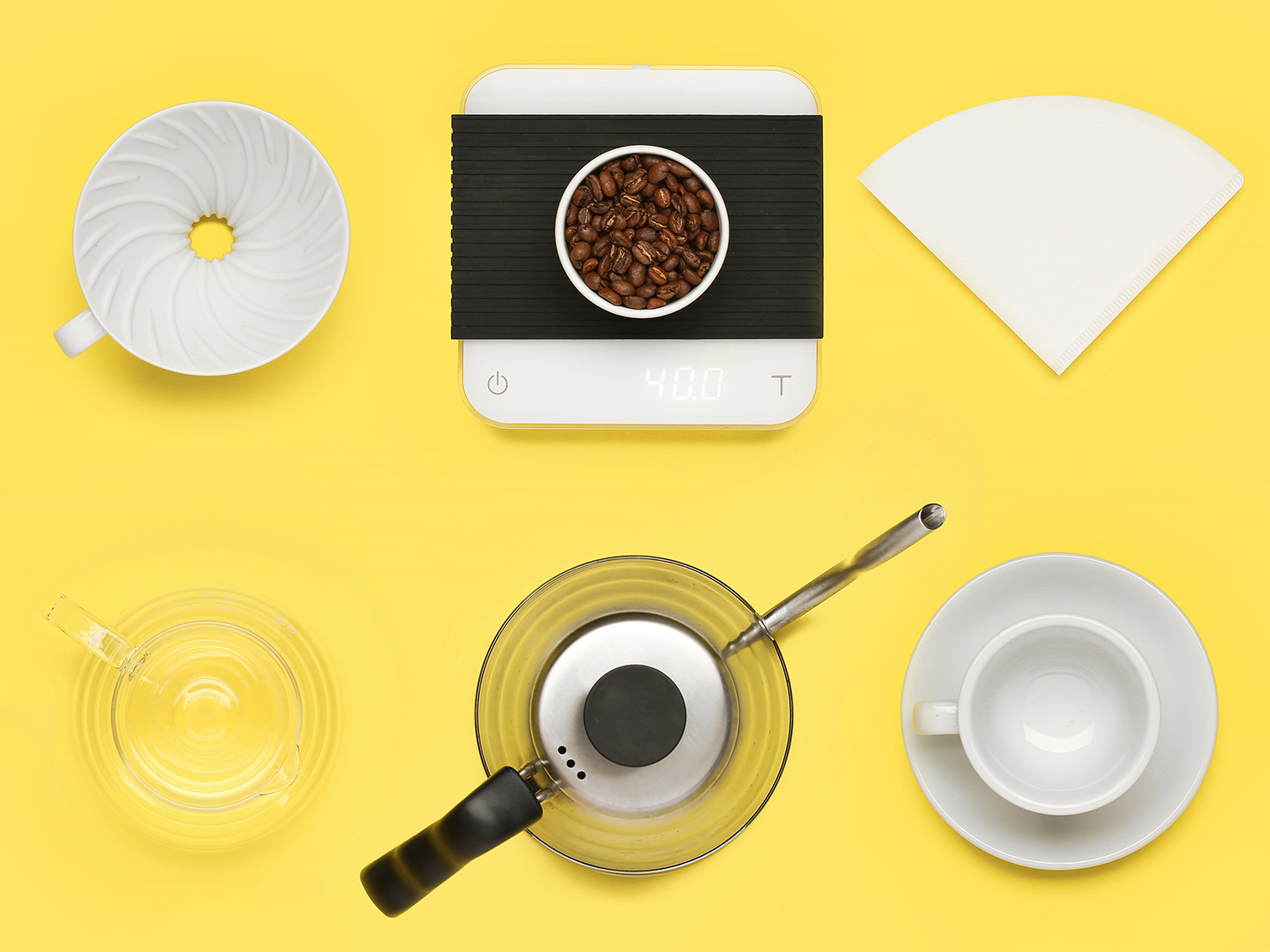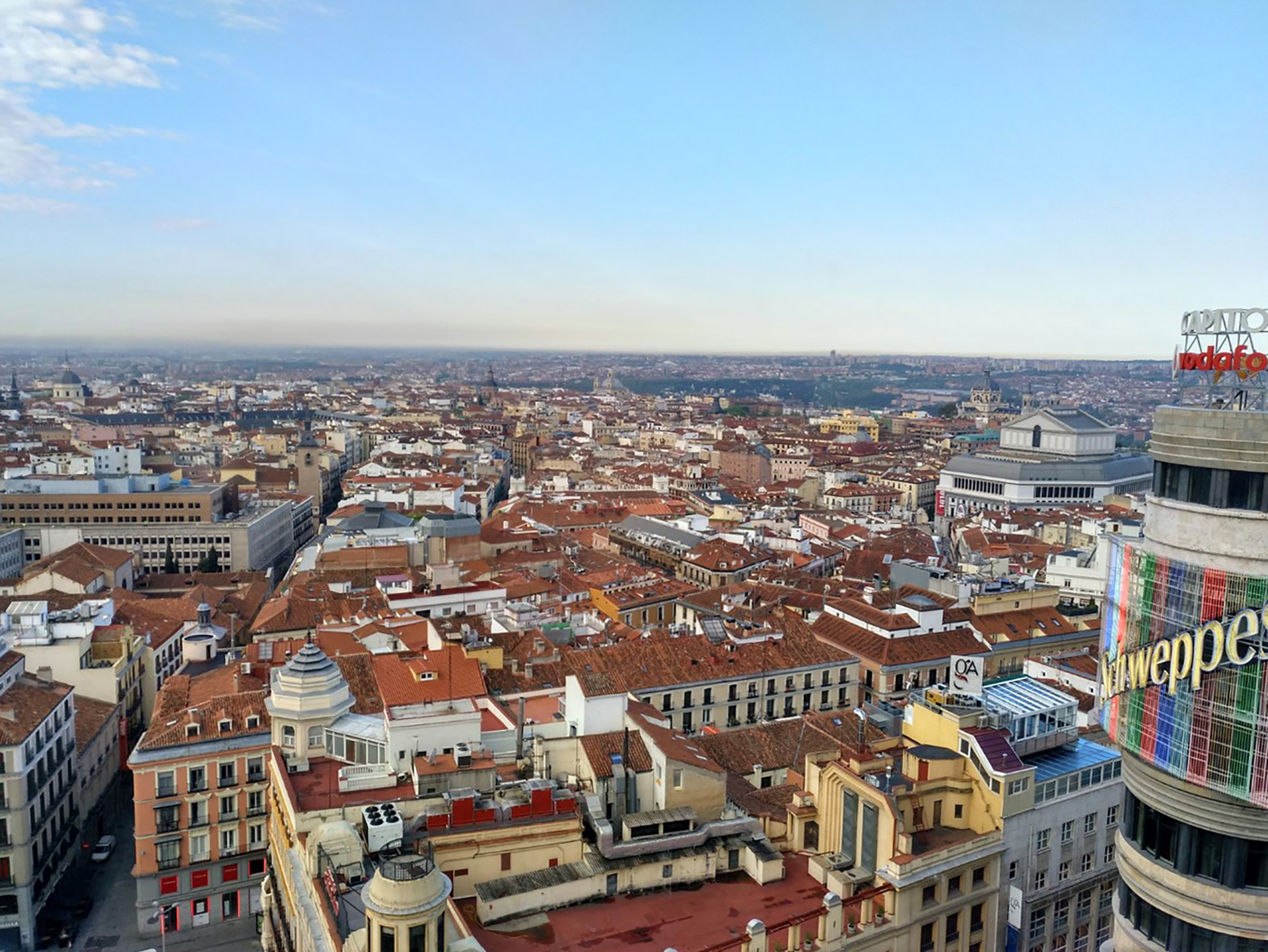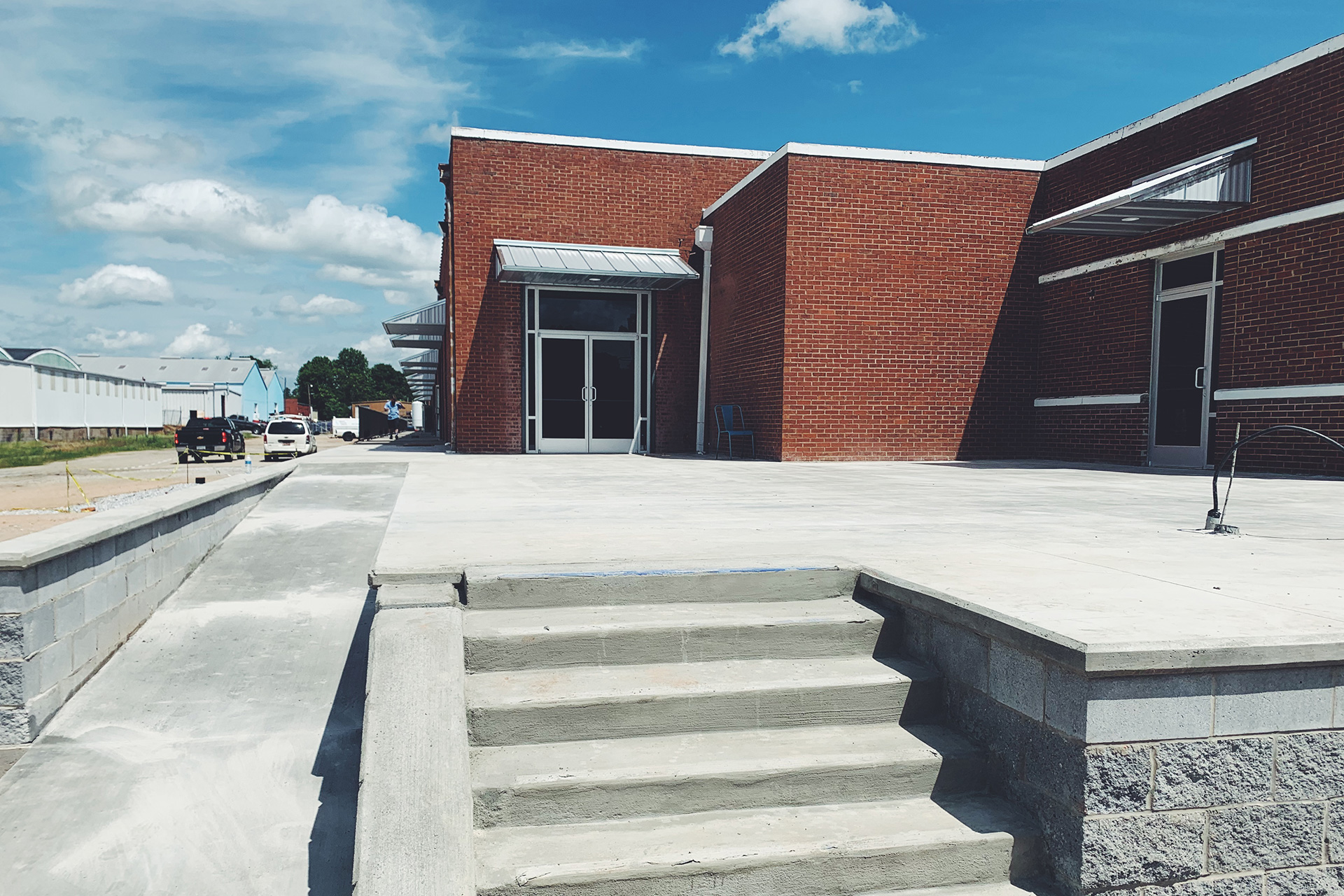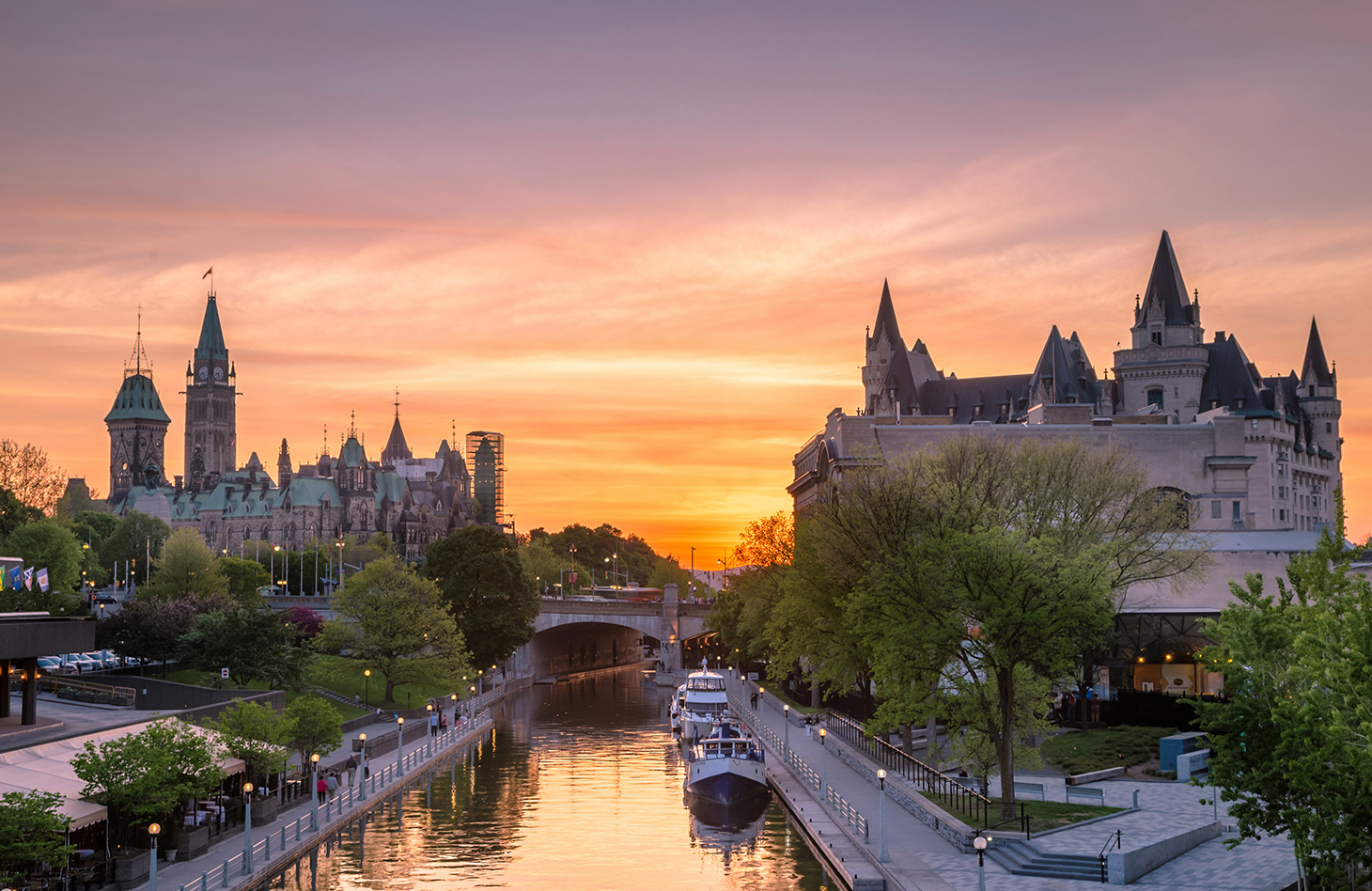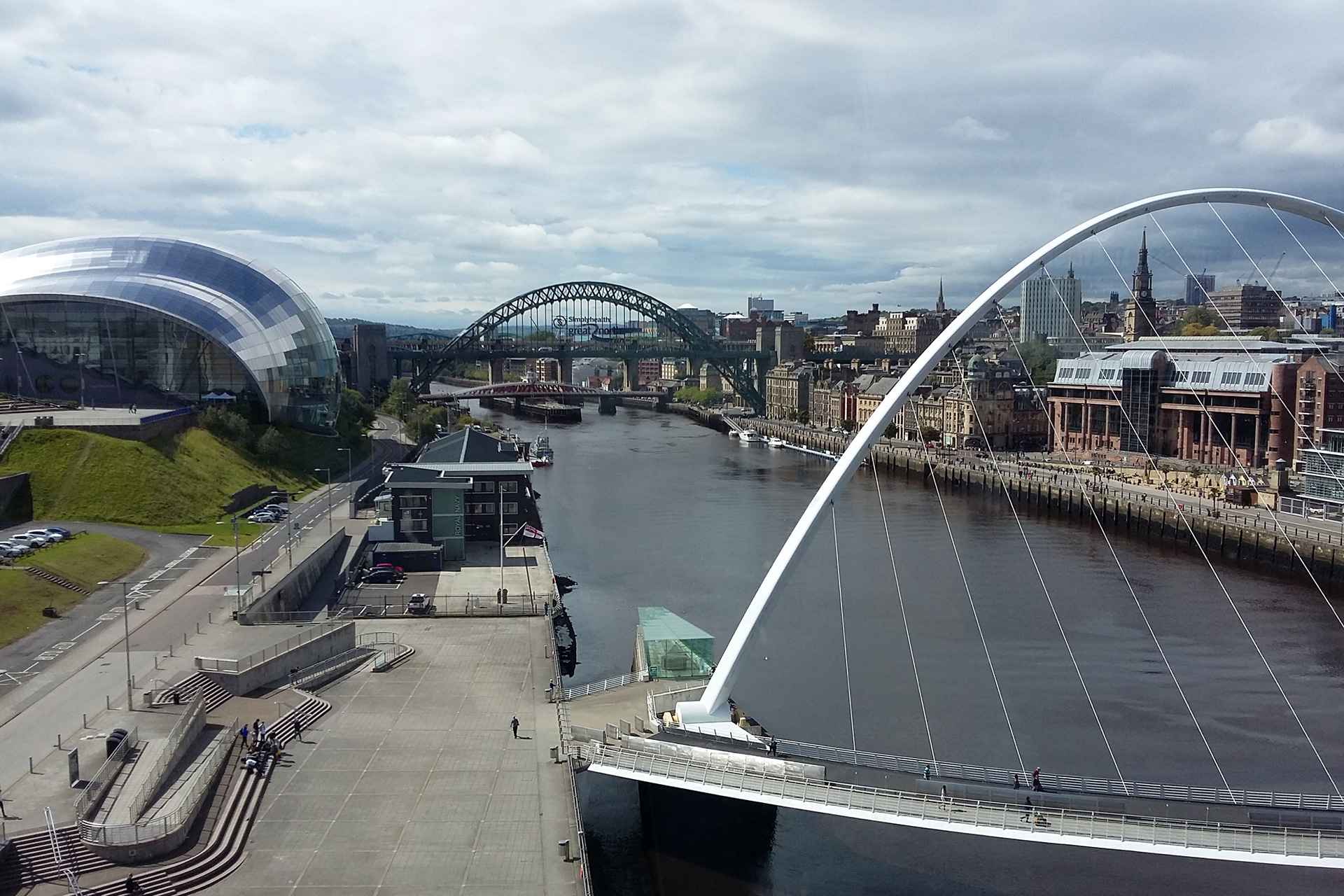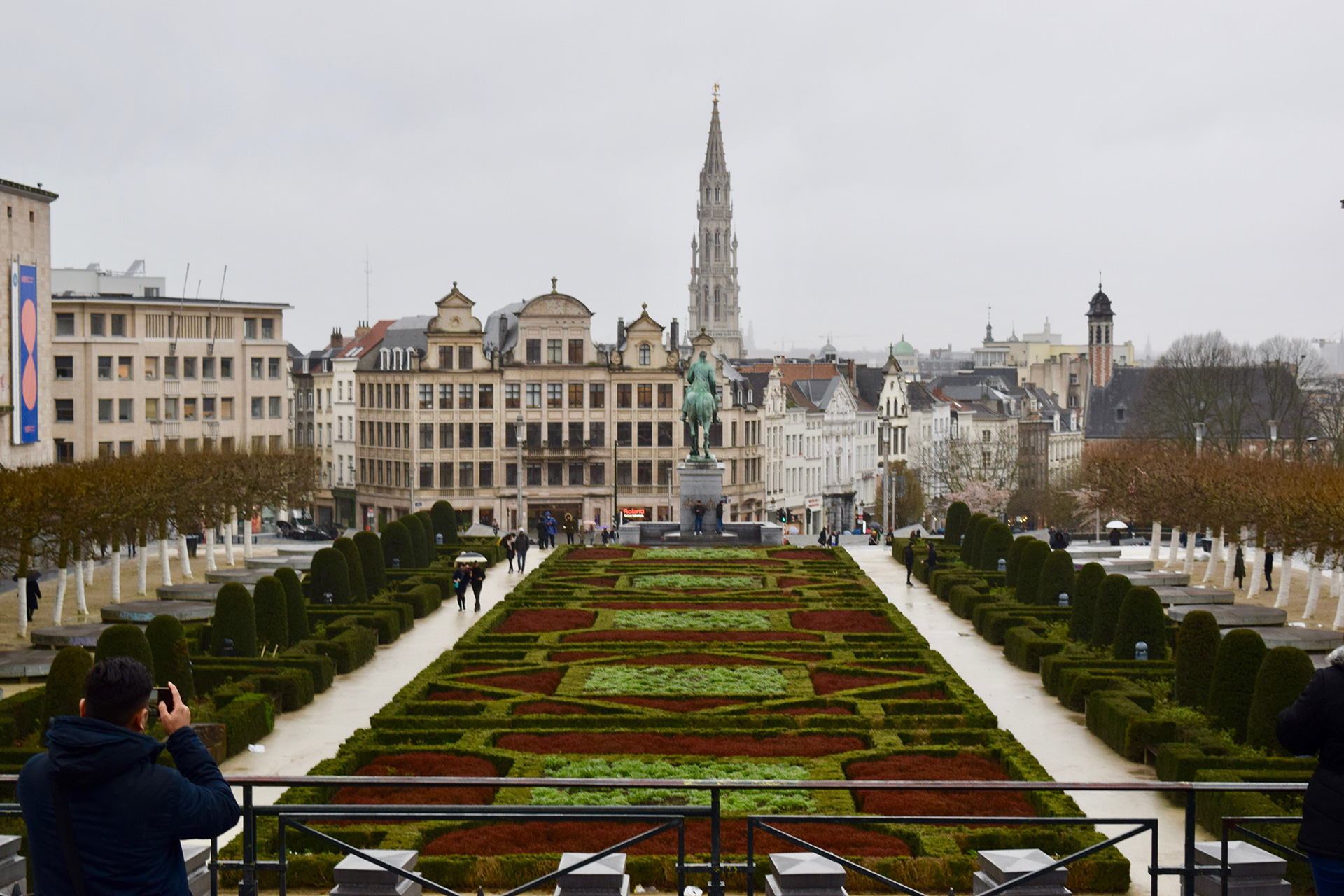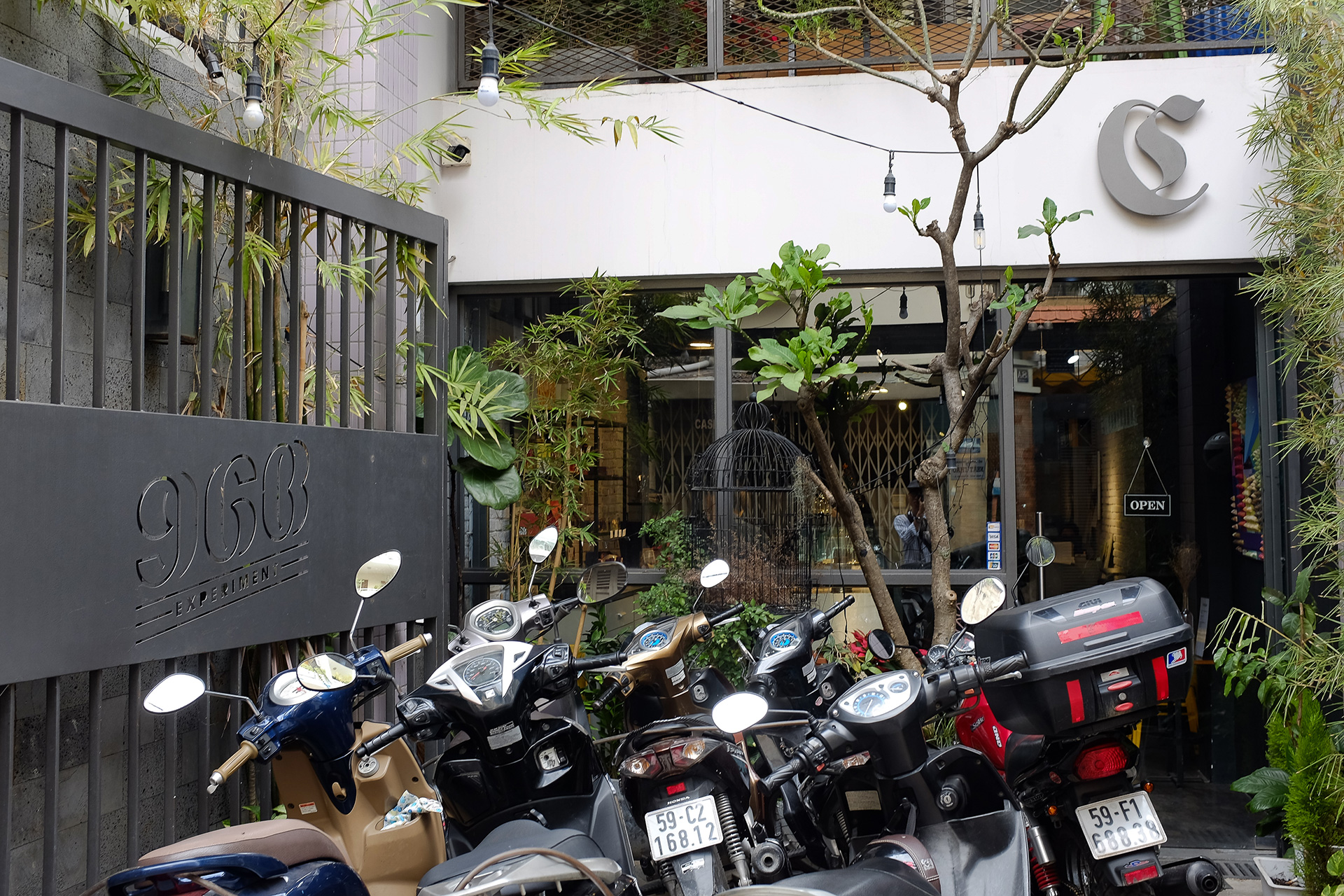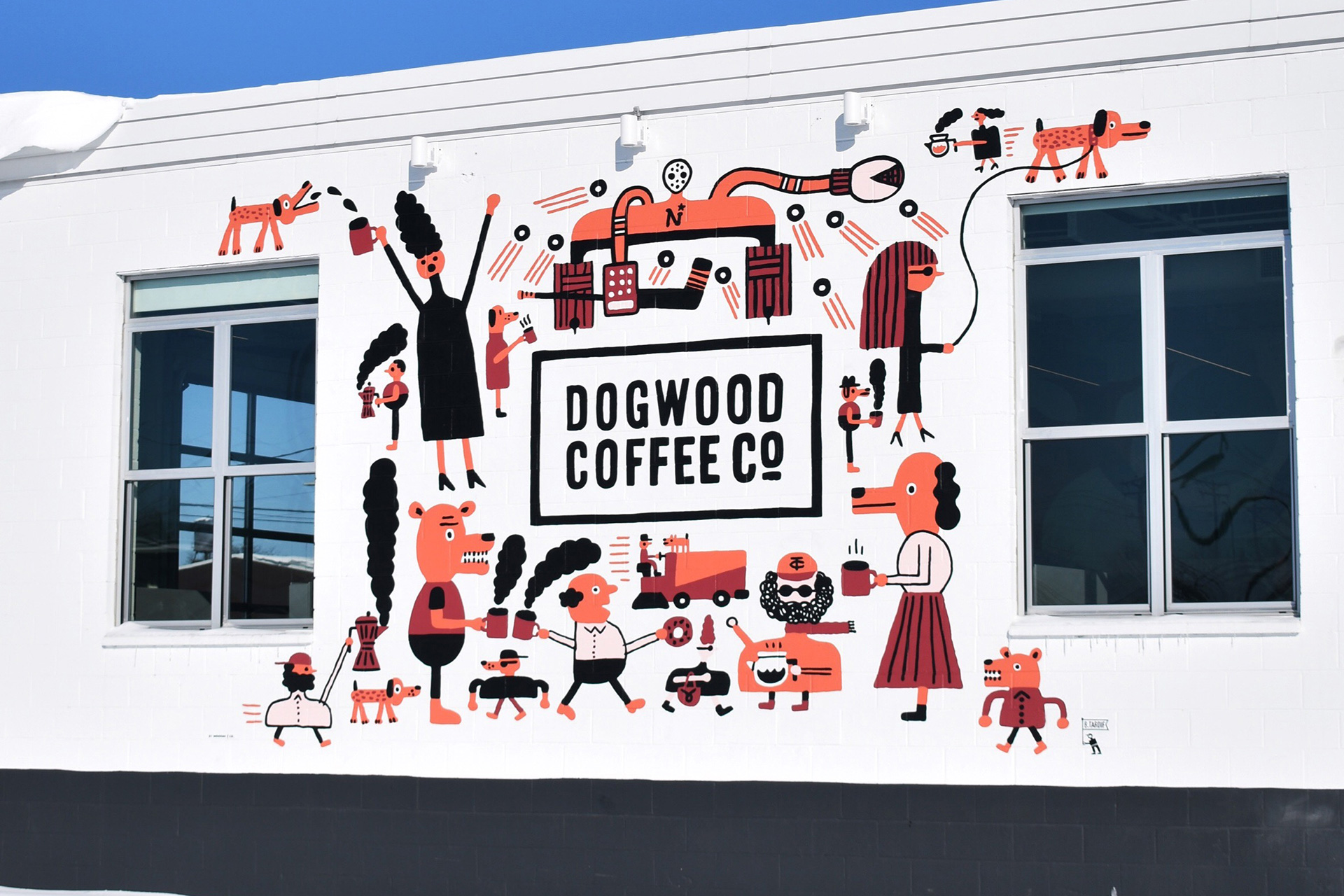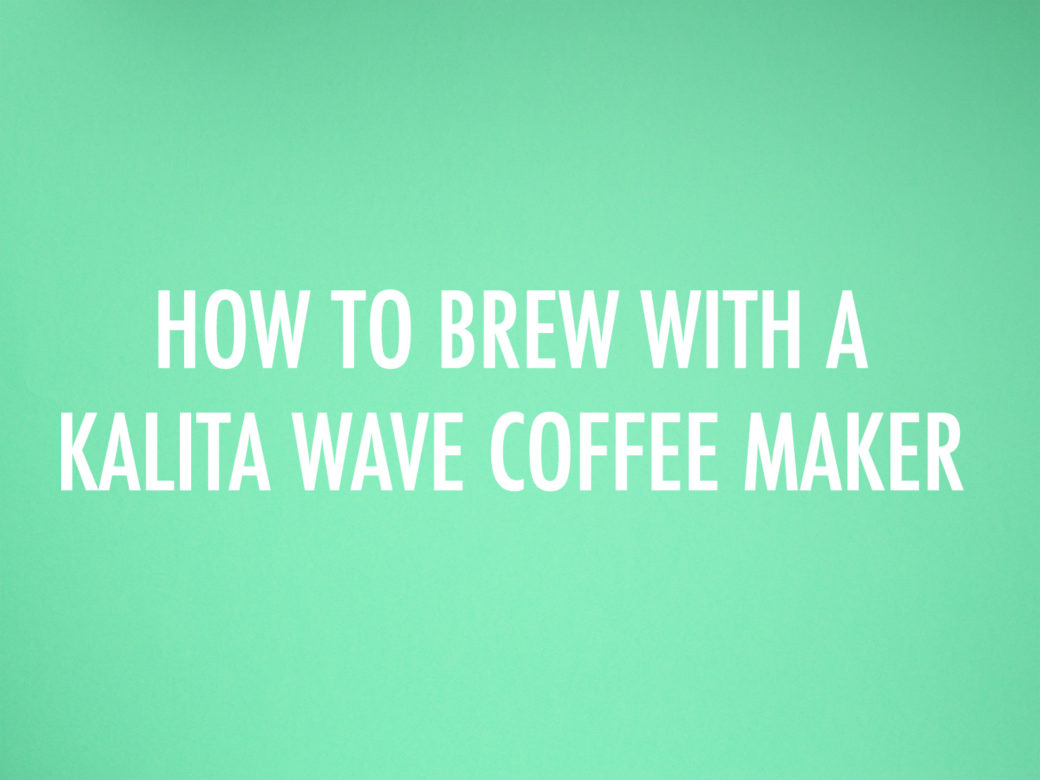
Kalita was established in Tokyo, Japan in the late 1950s. The company specializes in drip-based coffee-making equipment—coffee mills, kettles, and pour-over devices. The Kalita Wave began popping up in US cafes in 2012 and took the coffee world by storm. It boasts a flat bottom, which proponents of the Wave claim allow for a more even brew.
Here’s our tried-and-true brew method that yields a delicious cup.
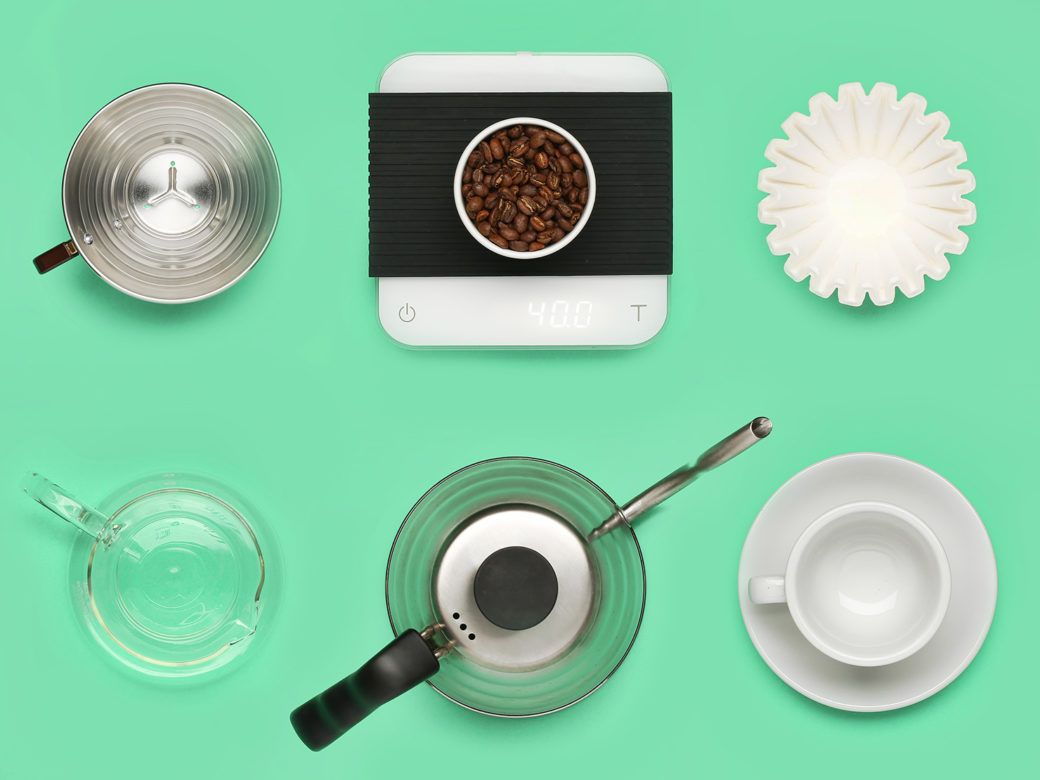
What you’ll need:
☑️ Kalita Wave Coffee Maker
☑️ Kalita Wave coffee filters
☑️ hot water
☑️ cup
What’ll you’ll want to have:
☑️ decanter
☑️ coffee grinder
☑️ hot water kettle
☑️ coffee scale
☑️ thermometer
☑️ stopwatch
☑️ stirring device (we use a metal chopstick in this guide)
Shop local—find a roaster selling gear in your area online. Don’t know where to start? Check out this map.
This guide applies to the 185 sized Wave, the larger of the two offerings.
40g ground coffee (medium)
640ml hot water (205ºF)
Add 80ml of hot water, stir gently.
Pour remaining water intermittently ~3:30 total time.
Wait one minute for the water to draw down.
Step one:
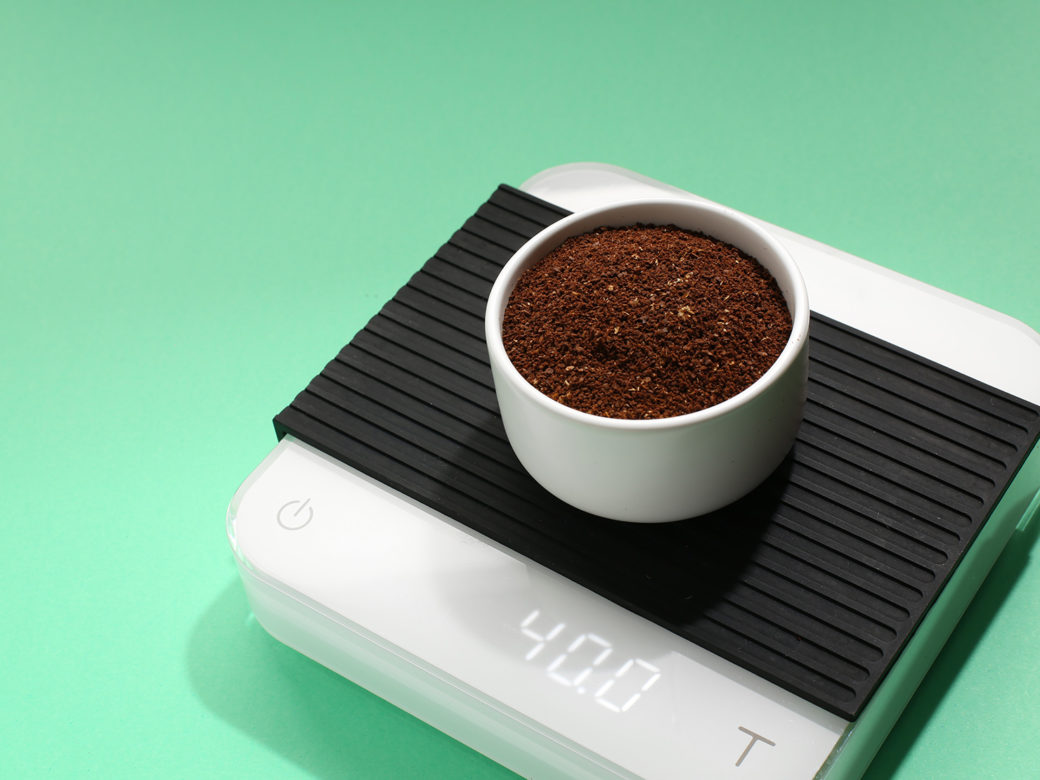
Measure out 40g of coffee and get your hot water going. Shoot for 205ºF/96ºC.
Step Two:
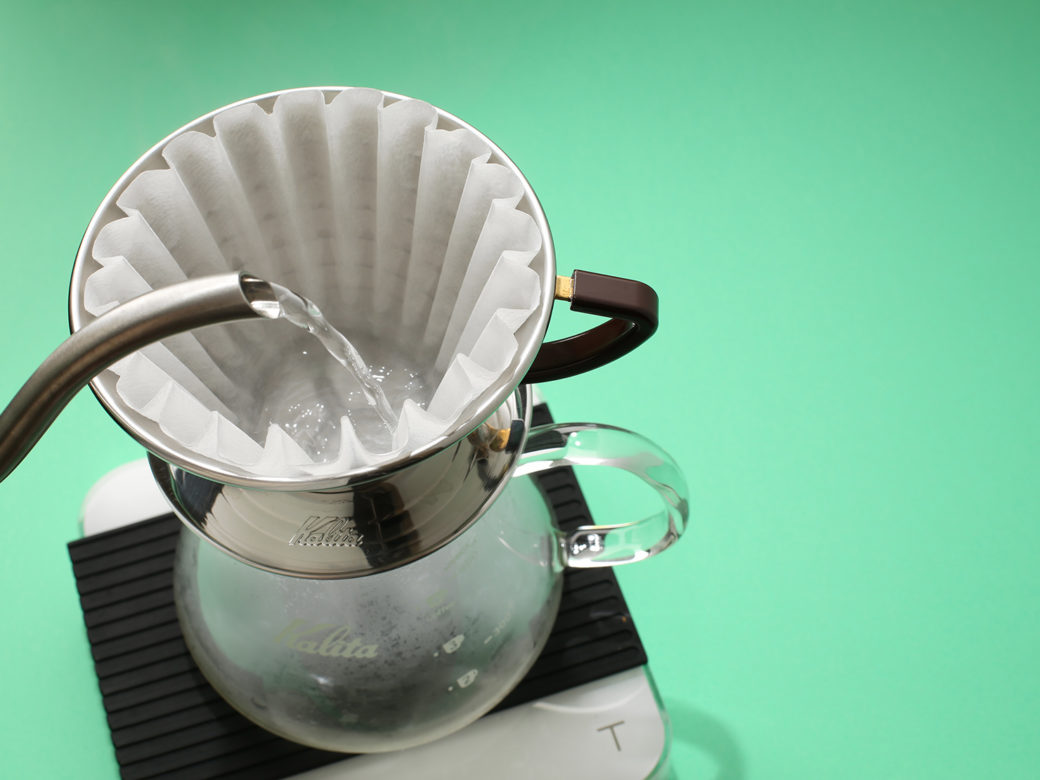
Once your water is up to temperature, place the wavey filter in the Wave. Pour a good amount of hot water through it to preheat the Wave and rinse the filter. Grind the coffee and place it into the filter. Place your setup on the scale and tare it. Get your timer ready!
Step three:
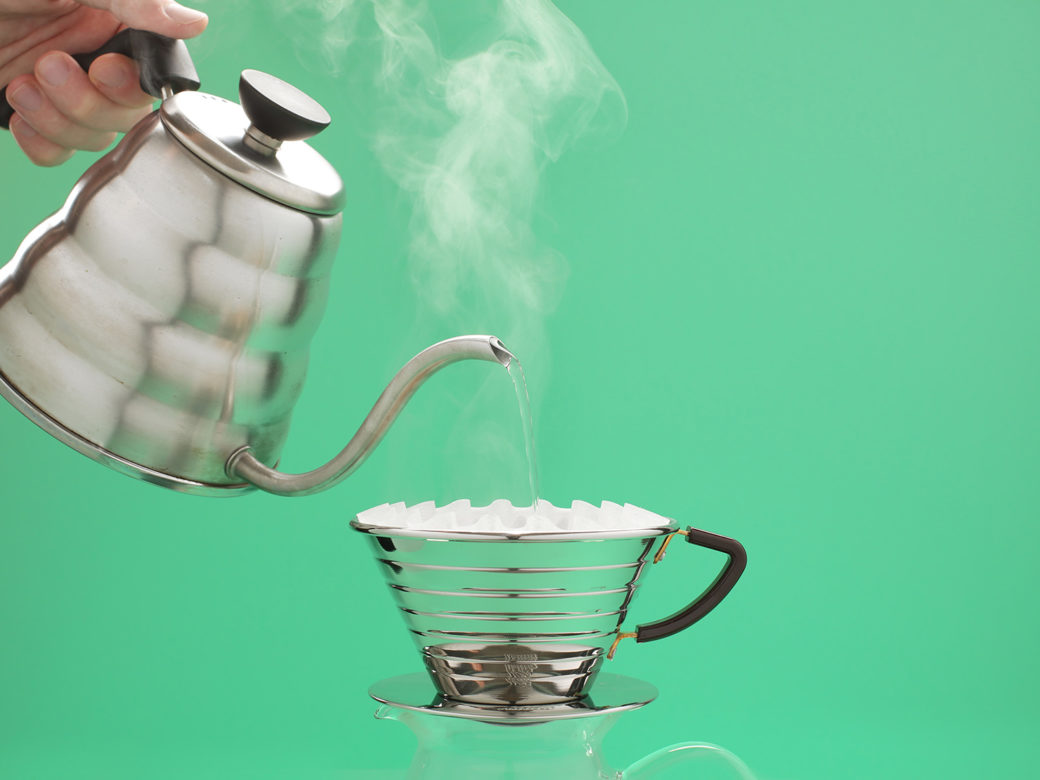
Pour about 80g of hot water on the grounds and start the timer. Stir up the bed of coffee to make sure there are no dry clumps hiding out. The blunt end of a metal chopstick is a great tool for this.
Step four:
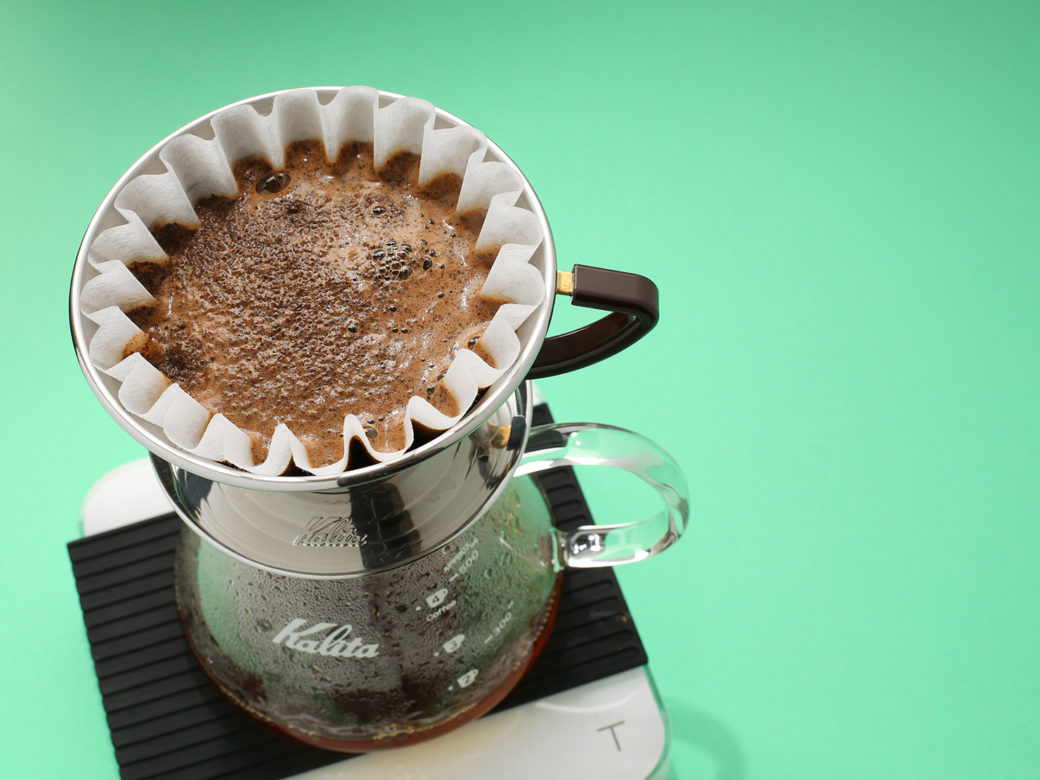
After 30 seconds has passed, pour the stream of water initially into the center of the bed, then use the directionality of the stream to distribute the coffee outwards evenly in a spiral-motion pour. Because the bed of the Wave is basically a homogenous depth throughout, you don’t have to worry so much about focusing the pour in a particular area, rather, you should pour over the entire bed deliberately.
Step five:
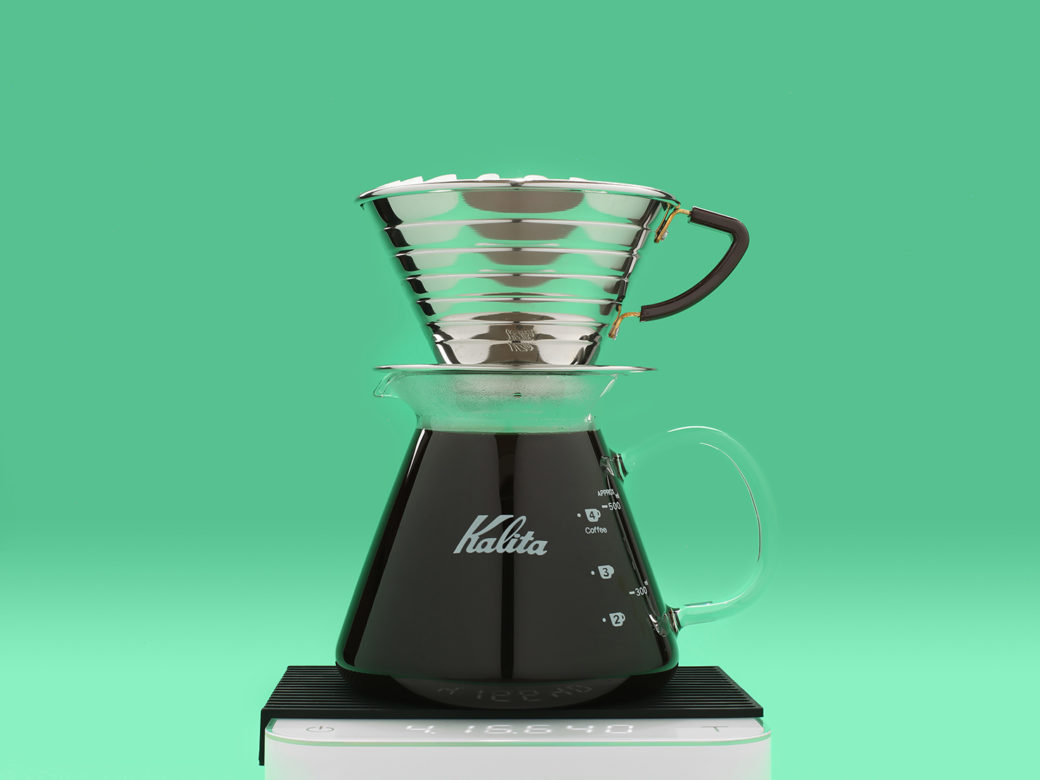
Pour intermittently to keep the water level at a reasonable level throughout the pour and aim to finish the pour at 03:30, with an additional minute of drip through. We like to gently rap the filter cone against the server as the last of the brewing liquid seeps through the surface of the coffee bed. [wc_divider style=”solid” line=”single” margin_top=”” margin_bottom=”” class=””][/wc_divider]
The quirkier aspect of working with the wave is getting those nice wavy filters to stay evenly spaced. Try holding the filter down with your hand (make a C shape) and pour hot water straight down the middle of the filter to get it situated. If all goes wonky, use a chopstick to salvage the waves. If that fails, accept that it doesn’t make a huge difference. Some people insist that you don’t need to rinse the filter, not because the filter doesn’t taste like paper, but because the longer the paper is in contact with water, the more paper taste leaches into the brew. In our experience, we prefer a well-rinsed paper filter to one that is not rinsed.
The objective with the Kalita is to maintain an even flow-rate through the bed of coffee. This is generally achieved with pulsed pours. Don’t let the water-level expose the ground coffee – the liquid headspace above the grounds will buffer out agitation somewhat.
Sprudge brew guides utilize a brew ratio of 16:1 by weight, that is, for every 16 grams of water used, 1 gram of coffee is used. This is slightly more generous than the 60g/L standard recommended by the SCA, as 1000/16=62.5.
Grind measurements are given in subjective analogs, e.g. “like playground sand.” Communicating particle size effectively is near impossible, as grinder settings don’t translate universally. Ultimately, tasting and experience will illuminate the proper range of grinds for each brew method.
We specify a “bloom” of 30 seconds. Try a little longer if the coffee is really fresh.
Troubleshooting
The rate at which coffee extracts is influenced by a set of variables: surface area, water temperature, agitation, flow rate, and so forth. Once you get consistent, confident, and consistently confident, try to juggle the variables a bit: grind finer and use slightly cooler water. Grind coarser and let it steep longer. This balancing act ensures that there’s no single right way to do any of this… just use your noggin, but more importantly, use your taste to guide you.
Generally, if a coffee is thin, hollow, grassy, sour, lacks sweetness, it’s not extracted enough. The most effective way to correct this is to make the grind finer and keep everything else the same. If a brew is bitter, harsh, astringent, it’s over-extracted: next time, try coarsening up the grind.
Further Reading
Joe Coffee Kalita Wave Brew Guide
Dogwood Coffee Kalita Wave Brew Guide
Amavida Coffee Kalita Wave Brew Guide
Equator Coffees Kalita Wave Brew Guide
Partners Coffee Kalita Wave Brew Guide
Intelligentsia Coffee Brew Guide
Do you have a Kalita Wave brew guide or video? Let us know!
Brew Videos
Matthew P. Williams contributed to this reporting. Photographs by Bryan Schiele.












